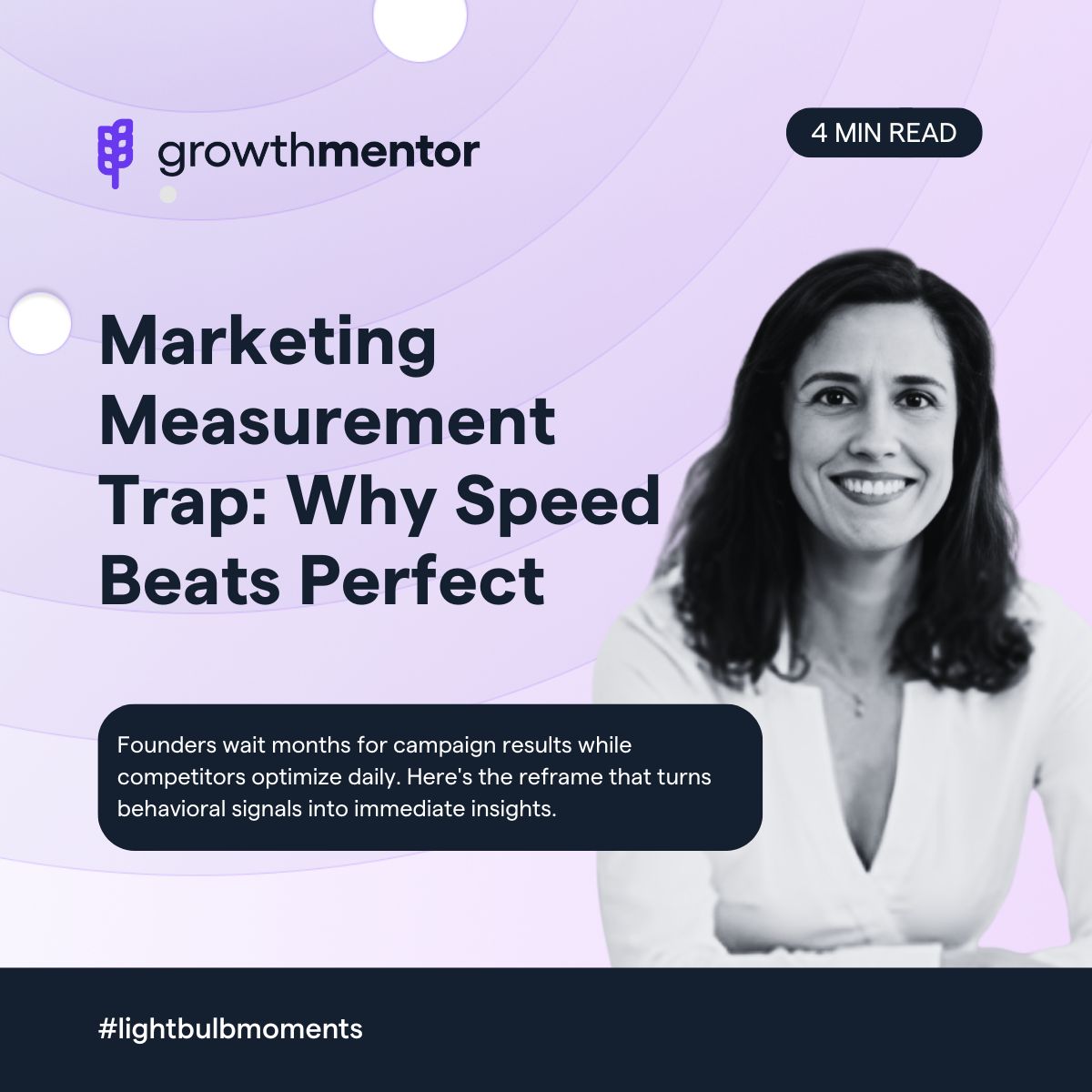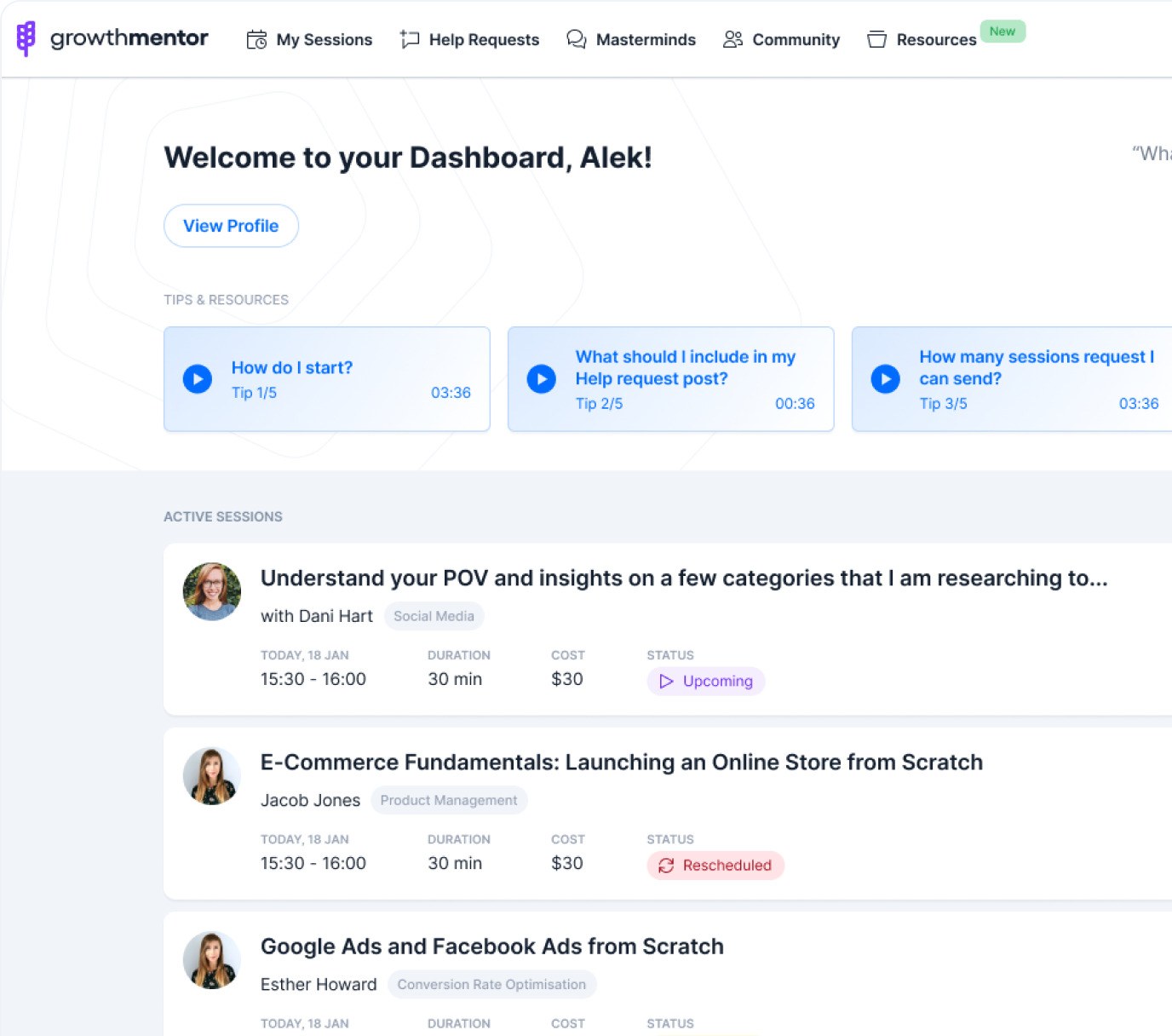Your AI Doesn’t Need Better Prompts. It Needs Better Context.
There’s a huge problem with AI productivity advice: everyone’s obsessing over prompt engineering when that’s not the real issue.
Had a mentoring session this week that made me question half the AI productivity advice out there. A growth manager running companies across Europe said something that got me thinking.
“Sometimes we spend more time fixing the outcomes than the time we save, and in this phase, we cannot afford that because losing one or two hours can be damaging for us.”
His team had premium AI subscriptions. They’d invested in AI training. They were crafting clever prompts all day long. Still, the results were generic and missed the mark.
And look, this isn’t just his problem. I’ve seen this same pattern across multiple mentoring sessions – smart teams with expensive AI tools producing content that sounds like it came from someone who’d never talked to a customer.
The Real Problem Everyone’s Missing
While the internet obsesses over prompt engineering, I realized something else entirely during our call.
Your AI doesn’t need smarter questions. It needs better context.
Think about it. Your AI already knows how to write. It doesn’t know who you’re writing for.
This growth manager’s team had fallen into the classic trap. They’d collected customer feedback from sales teams and customer success teams. They’d run user interviews. But as he put it, “We are losing a lot of information that could be useful.”
They couldn’t access their customer insights systematically. So their AI-produced content missed the mark completely.
What Changed Everything in 30 Minutes
“Let me share my screen,” I told him during our call.
I showed him my customer intelligence system. Not fancy software – just organized documents that transform how AI responds to me.
“It’s very interesting. I have never thought about using Notebook LM for analyzing interviews.”
That sentence tells you everything. His team had the customer conversations. They hadn’t organized them properly.
Here’s what I showed him:
I keep detailed files on our customers. Not just demographics – their fears, exact words, what keeps them awake at night. I upload every customer interview transcript to Notebook LM. Not to summarize – to make them queryable.
When I need content, AI has context about not just what we do, but why customers hire us to do it.
His reaction was immediate: “This is exactly what we need. We have all these insights, but no way to systematically use them.”
The Context Revolution
Here’s where most teams get it completely wrong. They think better prompts are the answer.
The old way:
“Write a compelling homepage headline for our B2B SaaS product.”
The context-first way:
“Based on customer interviews showing our buyers’ biggest fear is ‘looking incompetent when expensive projects fail,’ write a homepage headline addressing decision confidence using language they’d recognize.”
Same AI. Completely different output quality. The prompts aren’t better. The context is.
The Real-Time Transformation
What happened next is why I love these mentoring sessions.
He went from frustrated to implementation mode in real-time. “It’s amazing because it’s a very smart use of AI,” he said, already taking notes about how to roll this out to his team.
The transformation goes beyond AI outputs. When you systematically preserve customer intelligence, everything changes. Your sales team stops guessing at pain points and starts quoting customer language. Your product team builds features that customers requested, with evidence to prove it.
How to Start Today
You can test this approach right now.
Find your most recent customer conversation – recorded call, email exchange, support ticket, anything.
Extract three things:
- One quote about their biggest struggle
- One phrase describing their desired outcome
- One word they use that you don’t typically use in marketing
Open Claude or ChatGPT and try this:
“Based on this customer conversation [paste], this customer’s biggest struggle is [paste struggle quote]. They want [paste desired outcome] and describe it as [paste their phrase]. Write a homepage headline speaking directly to this struggle using their language.”
Compare that output to your current homepage.
This approach transforms AI outputs from generic to customer-specific. Not because you got better at prompting, but because you got better at context.
The Bottom Line
The customer intelligence is already there. You just need to organize it systematically.
What customer conversations are sitting in your Google Drive right now that could transform your AI outputs?




